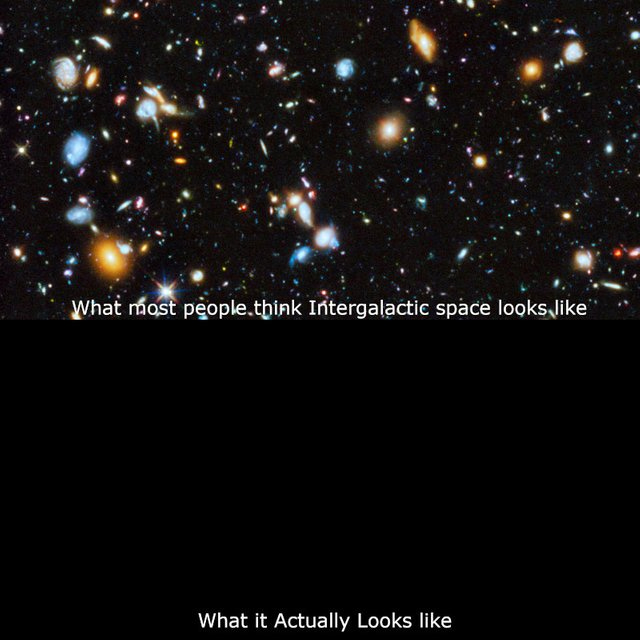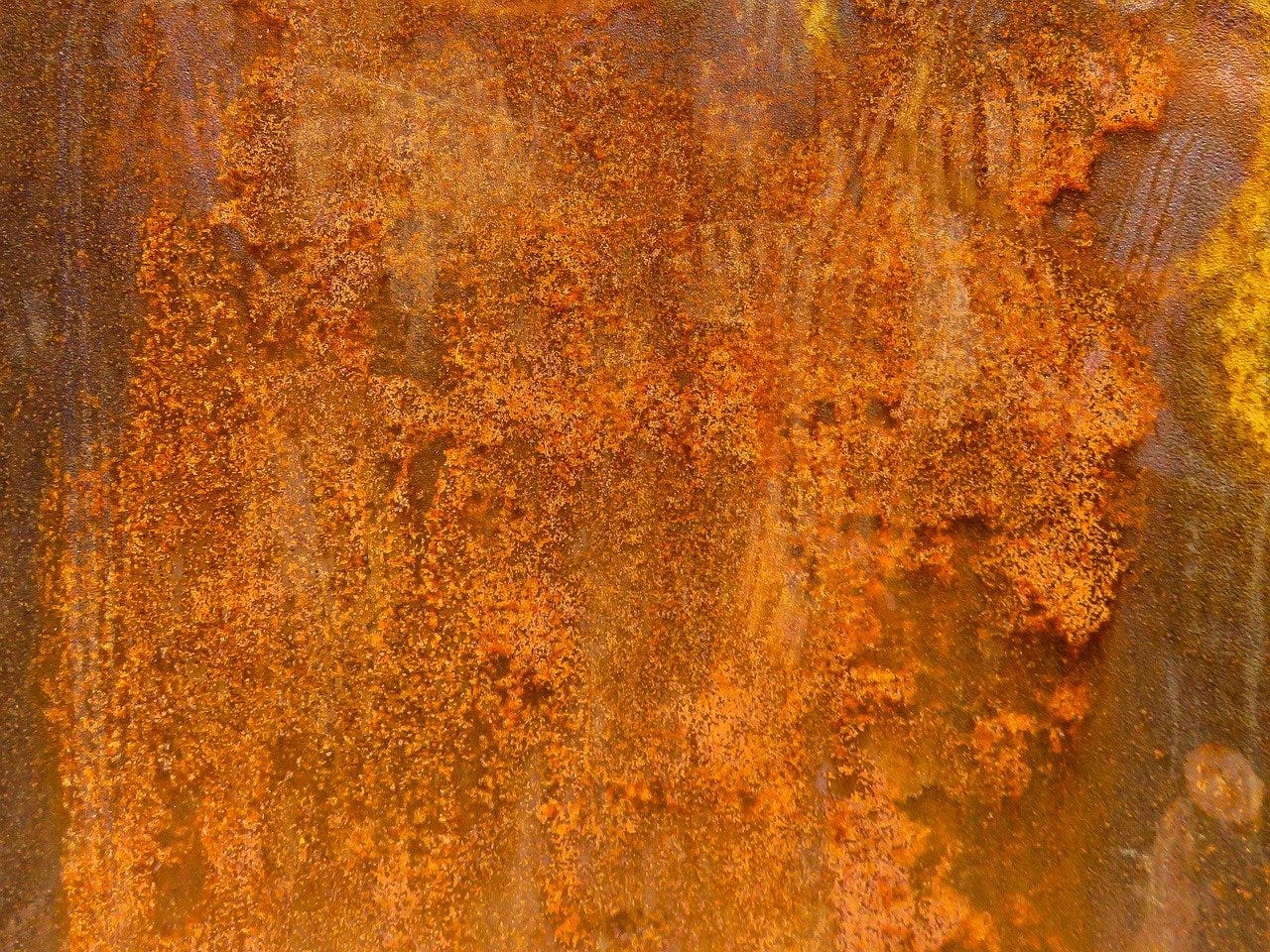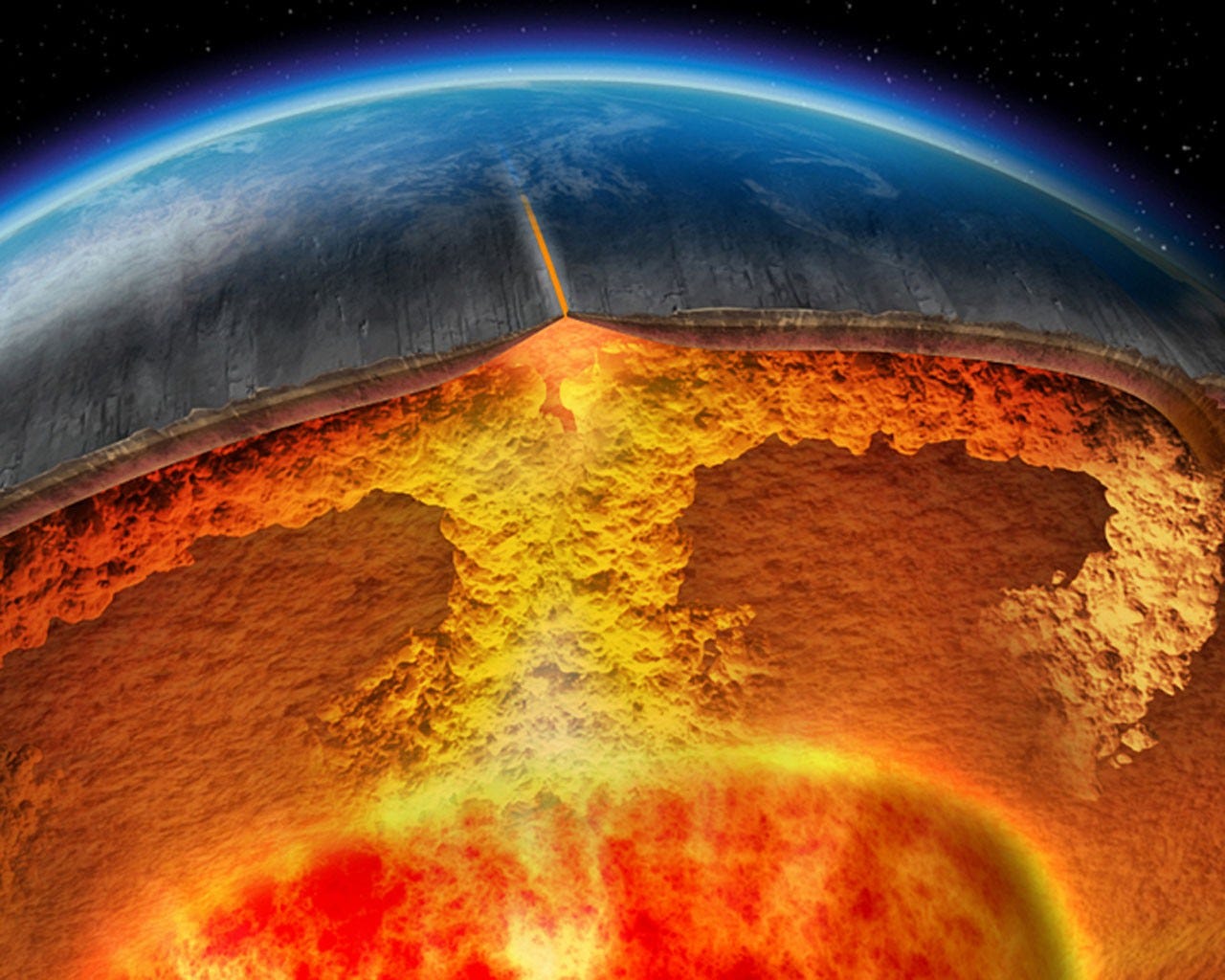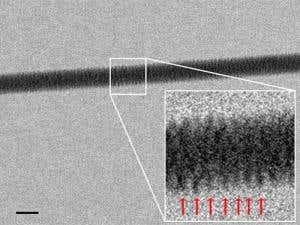Energy, Entropy & the Self Organizing Structure of Life
The Spontaneous Architecture of Non-Linear Dynamical Systems Far From Equilibrium
In a very broad sense, one could think of a galaxy as a massive gravitational well that collects and holds matter. This includes visible matter, such as stars, gas, and dust, which we can directly observe through electromagnetic radiation, as well as dark matter, which does not interact with light in any detectable way.
The majority of deep intergalactic space, which is the majority of the known universe, lies far from any galaxy. Without a gravitational well of matter to transmute into heat or energy, the typical location in the universe is cold, dark and empty.
In this void, everything is pitch black. Even if you were placed there and stared directly at a distant exploding supernova, the light wouldn’t even appear as a faint glimmer on the horizon. Even if you cranked the power dial on the supernova, there would be no visible matter for the light to interact anyways.
Matter is so scarce in deep space that atomic density falls below one atom per cubic meter. That is a million times sparser than the space between stars and far sparser than the best vacuums humans can create.
With no matter to convert into energy deep space is unimaginably cold: just 2.7 degrees above absolute zero, the coldest possible temperature. This is enough to freeze every known substance, apart from helium. And the sparse atoms that are present, mostly hydrogen and helium, allow no chance for chemistry to spontaneously occur.
And so a typical place in the universe is a cold, inert sea of dead chemistry. Without energy, nothing changes, and nothing happens.
Now compare that to our solar system, where the fire of life seems to have spontaneously kindled. (As of this writing, it’s not at all clear whether or not this is the first time life has this has ever happened.)
The basic equation or structure of organic biological systems is the import of matter (food) to transmute into energy used for self organizing followed by the export of entropy as heat.
The energy flow creates structure and patterns, constantly countering the natural tendency toward disorder and decay, a process governed by the second law of thermodynamics. If Earth did not happen to lie on a river of energy streaming out from the sun, no life on Earth could exist.
Understanding that the basic equation for life is the import of energy and matter and the export of entropy does not answer how structure and order arise in the universe, nor does it explain where this structure and order come from.
With the aim of answering such deep, cosmic questions, Nobel laureate Ilya Prigogine explored self-organizing systems and demonstrated that, under far-from-equilibrium conditions, energy flow through a system can spontaneously generate order. His work became Prigogine’s theorem of non-equilibrium thermodynamics, known as the Prigogine Principle.
Maintaining any structure is challenging because atoms, left to themselves, mix and randomize over time. The second law of thermodynamics ensures that entropy—disorder—inevitably increases. A simple example is rust: iron atoms on the surface of a solid object react with atmspheric oxygen to form iron oxide, an irreversible process often summarized as "rust never sleeps." This is entropy in action, driving all matter toward equilibrium. To put it more intuitively, you can’t unscramble an egg.
Fortunately, Earth sits within a hot river of electromagnetic radiation emanating from the Sun. This energy flow temporarily reverses entropy, allowing systems to self-organize into complex patterns and structures. Over limited periods and in localized spaces, far-from-equilibrium conditions allow complexity to emerge.
For example, when water is heated in a pot on a stove, energy flow destabilizes the system. At low heat, little happens, but at high heat, random molecular motion transitions into organized patterns like convection cells, visible as a hexagonal pattern on the surface of boiling water. The system exports entropy in the form of steaming water vapor. In this way, the water "self-organizes" into a dynamic, structured state.
Due to convection, the temperatures in the top and bottom layers gradually equalize, and the amount of cells changes: they can join together to form larger structures
Such self-organization is ubiquitous in nature and is consistent with open, complex, dynamical systems. Hurricanes, driven by solar energy, are self-organizing systems as are the convection cells in the atmosphere and deep in the molten interior of the Earth. These systems arise from local interactions among simpler components, creating emergent properties without external direction.
Living cells exemplify Prigogine's work on self-organizing systems, whereby they use energy from the ingestion of food to sustain complex organization. The modeling of biological systems however is vastly more complex and less mechanistic then convection cells which can be modeled by the comparatively easy mathematics of physics and chemistry. For example, we cannot write an equation for an amoeba, let alone an oak tree. Yet, at the molecular level, biology arises from the same fundamental carbon based chemistry and thus shares common levers that give rise to complex life.
All biological life shares astonishing molecular similarities. DNA, the blueprint of life, is remarkably conserved across species. Humans share 60% of their DNA with bananas, reflecting a distant common ancestor before natural selection diverged into the genetic evolutionary pathways of fruit and primates.
DNA is the universal mechanism for transmitting genetic information, and every cell in your body contains the entire blueprint. But while the genetic blueprint of DNA is a little different all living organisms on Earth, the organism is constructed using the same molecular code breaking machinery of ribosomes, tRNA and various enzymes.
DNA imaged with electron microscopy
Different organisms exist because there are a small fraction of genes arrayed along the DNA molecule that function as tiny switches called your epigenome. The epigenome, the system stack above DNA, regulates which genes are switched on or off in different cell types. Toggling a local set of genes on or off via chemical reactions propagates a cascade of additional downstream genetic toggling until the cellular DNA eventually settles down into a new and stable genetic blueprint pattern. This new, stable blueprint is customized to construct the molecules needed for a specific type of cell.
This is the difference between a chimpanzee and a human or a primate and a banana - series of local chemical interactions along the DNA molecule that self propagate and self organize into all the variety of living organisms on Earth. This is how a fertilized egg, with two strands of DNA each from a set of reproducing organisms, starts to divide and differentiate from the same cell into pancreas cells that produce insulin or the photoreceptor cells in your eyes.
In a way, the on or off toggling of genetic switches in the epigenome is to a molecular scale computer that orchestrates cellular development and interaction with the environment. This cascading process propagates over time, creating an intricate web of cause and effect that builds complex organisms.
Natural selection amplifies advantageous traits, eliminates neutral or harmful traits, and creates the rich diversity of life. However this interplay of chance and selection makes life inherently unpredictable. Small genetic changes to the start conditions may have no effect—or transform an organism profoundly. The evolutionary "experiment" unfolds only as life is lived. Said another way, you live in the sample not the sample size.
The epigenetic molecular mechanism indicate biology exists as a world of power laws and tail events rather than the simple normal distribution of a bell curve. Biological systems are path dependent, meaning past events impact future events and the history of the system matters. Chance events can transform the final form and you can’t ever predict the final structure from the initial conditions.
Path dependency diagram of organizational structures
This is why biology is a complex adaptive system. It is why we cannot write a mathematical equation for a complex living object. This spontaneity is what makes biological life feel alive, with all its comedy, tragedy and absurdity.
Living systems import matter and energy and export entropy to create a causal structure that is self organizing and self propagating across time. From the same biological molecular workshop comes a handful of pieces and an infinity of possible patterns.
This sprawling set of self consistent patterns evolves and changes in response to the outside world. Like a kaleidoscope, living systems lock into one pattern and hold it until natural selection causes a slow turn of the barrel, causing it to suddenly cascade into a new configuration.
All living systems, you, me and all of us, are holding onto this causal structure for dear life in an endless struggle against a universe trending towards the equilibrium of deep space.
A place that is cold, dark and empty, where nothing changes and nothing happens.
So reflect for a moment on how lucky you are to have ever been alive and how strange it is to be anything at all.







